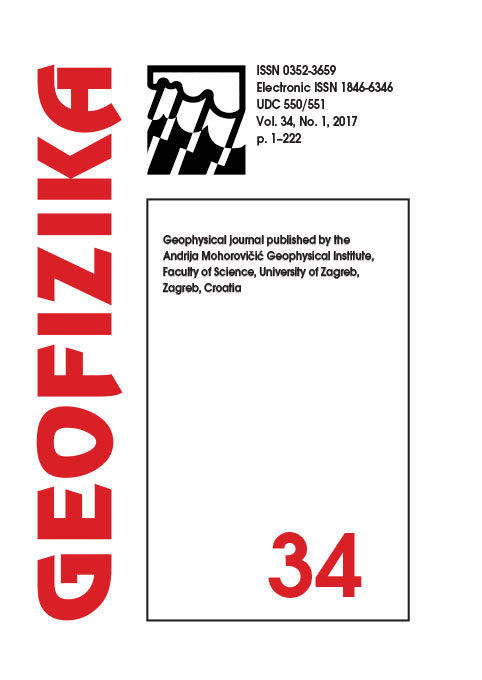Statistical analysis of data processing in some seismic refraction methods: A synthetic data example
DOI:
https://doi.org/10.15233/gfz.2017.34.2Keywords:
seismic refraction, plus-minus method, conventional reciprocal method, RCBDAbstract
The delay time method has gained attention in shallow seismic refraction survey because it has the capability to map the lateral thickness of overburden and relief of bedrock. This study addresses the comparison between the performances of the plus-minus and conventional reciprocal methods using a synthetic data. The interpretations obtained from both methods are reasonably comparable to the actual geophysical models. This suggests that either of the methods can be used to construct a geologic section. However, the result of randomized complete block design (RCBD) experiment shows a significant difference in the type of method used and this necessitate the need for further test. The pairwise comparison suggests that the plus-minus method produces a model that better mimics the actual data than the conventional reciprocal method.
Downloads
Published
Issue
Section
License
Copyright (c) 2021 Geofizika journal

This work is licensed under a Creative Commons Attribution-NonCommercial 4.0 International License.

